-
I Know
Where
You
LiveOn stalking
architecture – and
architecture stalkersText by Rob Wilson
The Corbusierhaus in Berlin. (Photo: Rob Wilson)
-
Often when I arrive home, walking towards my apartment block, there are figures hanging around in the shadows at the edge of the trees, sometimes alone, sometimes in groups, staring at the building, marshalling cameras. And on leaving in the morning, it’s not unusual to run the gauntlet of a massed crowd of twenty-something students, hardly noticing me as they hold their iPads and phones up to capture the block beyond.
I live in Berlin’s Corbusierhaus – the fourth iteration of Le Corbusier‘s Unité d’Habitation. At least it was originally designed by him, though he subsequently almost disowned it, demanding it be designated a lesser species “Type Berlin,” as the ceiling heights in the apartments had to be increased to 2.5 metres to conform to the minimum standards of the Berlin Building Code, thereby countermanding his beloved Modular of 2.26 metres. Living there, this height increase is frankly an improvement, but in any case it hasn‘t stopped the building becoming an architectural pilgrimage site.
Many of these architectural pilgrims venture inside the block as well. Frequently when exiting the lift, you find odd people milling around the lobby, perusing the relatively poor manna offered up by a series of information boards explaining the block’s design, construction and layout, whilst also eyeing up the lifts hungrily, desperate to get deeper into the building.
Occasionally more daring types do ride the lifts, in the vain hope of seeing an apartment, only to be faced floor-by-floor with anonymous corridors stretching into the distance.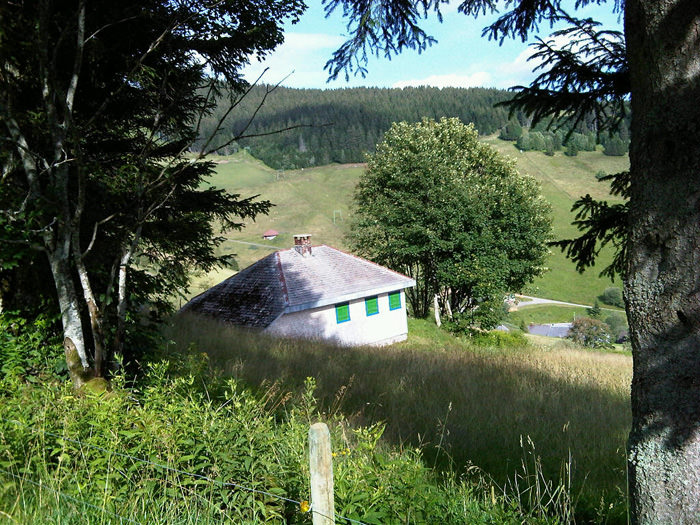
Heidegger's Hütte, Todtnauberg, Schwarzwald.
(Photo: Rob Wilson) -
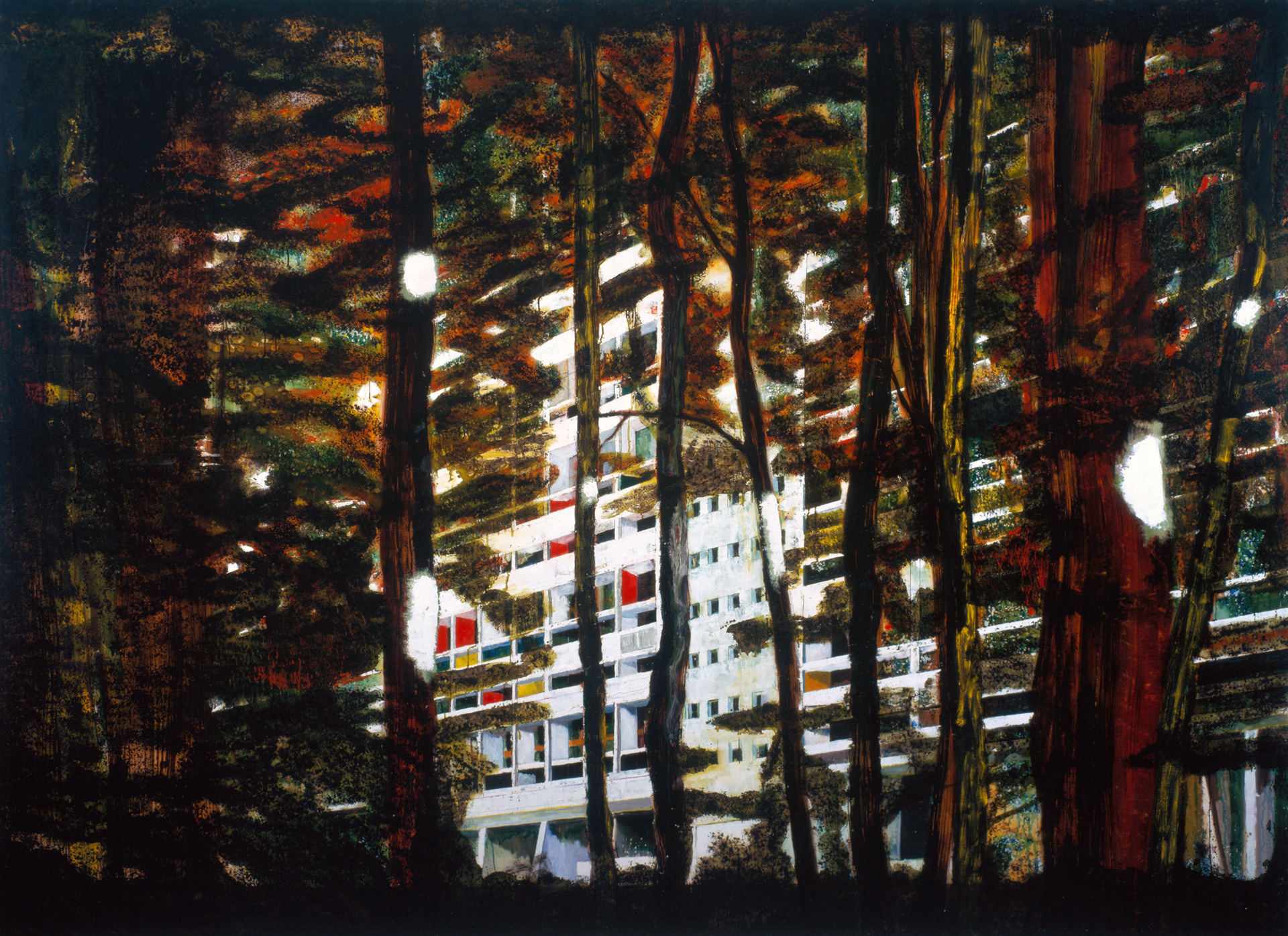
When Peter Doig painted the Unité D’Habitation at Briey-en-Forêt in northeast France, it was semi-derelict. This painting’s slightly sinister feeling shows the block in a very similar setting to it’s ‘sister-ship’ in Berlin, the Corbusierhaus. The glimpsed view and approach through the trees has the sense more perhaps of being a stalker rather than a pilgrim. (Peter Doig, Concrete Cabin II, 1992, Oil on canvas, 200 x 275 cm. Courtesy Warren and Victoria Miro, ©Peter Doig)
-
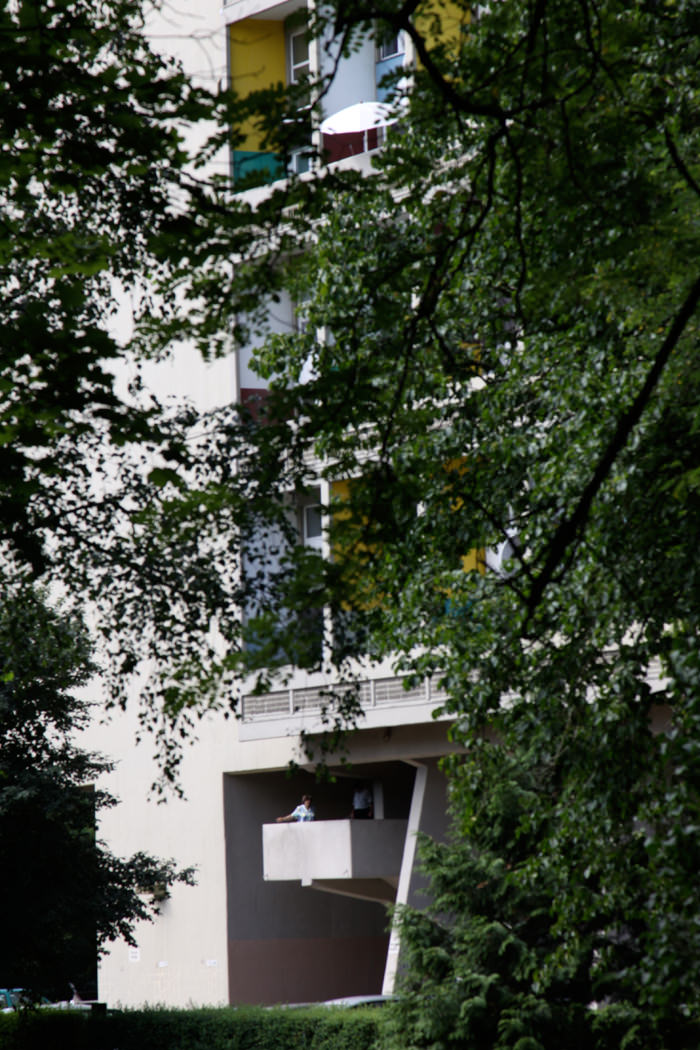
The Corbusierhaus in Berlin. (Photos: Rob Wilson)
Once when I was in our old flat – on the fifth floor, at the far end of a cul-de-sac corridor – I left the door open to get a through-breeze, only to hear a slightly embarrassed cough behind me. Turning, I found a couple, already half in the flat’s hallway, asking whether they could take a quick look around. Our flat at the time was only a single studio, no balcony, dodgy carpets, and so they left again pretty quickly, grasping for something positive to say aside from a weak “great view,” and looking somewhat crestfallen that they hadn’t received the double–height modernist masterpiece experience which they’d hoped for.
And that is what is most fascinating for me about pilgrimages – strangely, even architectural ones: the people watching. Just read Geoffrey Chaucer’s The Canterbury Tales of 1387: “It was ever thus.” After all, it’s to a degree all in their (or your) head. People’s reactions are often so strange, rich, and extraordinary, ranging from brazen annoyance at others daring to be there also, getting in the way of their pure communion with Architecture, to those who are self-conscious and half-embarrassed at their own interest and presence. I wonder what might be the experience they are looking for – their own unique promenade architecturale, a moment of enlightenment, a touch of genius – the hand of the Master speaking to them? And what is the qualitative difference in expectation brought by their differing reasons for visiting – whether it be viewing a key masterwork, an extraordinary construction, a sacred site, or merely the ghost of association in a building?
This came into focus last month when I was on holiday in the Schwarzwald, observing my own feelings as I took a mini-pilgrimage of a sort – a short diversion on the way up the Feldberg mountain, to see a tiny building – all yellowed shingles and bright green -
shutters: the hütte of Martin Heidegger. There was no one around, and alone for a moment, I thought: what am I here for? Do I think I‘ll be touched by genius? Or feel the essence of dwelling, of Bauen Wohnen Denken – or be alone with the ghost of the man? It was a bit of all of these things, mixed with an amazing setting and view.
Meanwhile, back in Berlin, like flies in ointment, I am just one of the many architects that came first as a pilgrim and got stuck in the Le Corbusier block, which is now encrusted with designer-types living there. Maybe it’s the chance to reside in a piece of the true cross, but perhaps it’s just the same as those aging, addled hippies who travel to and end up staying in Varanasi in India – we’re all hoping for that elusive, endlessly removed (architectural or other) Nirvana.
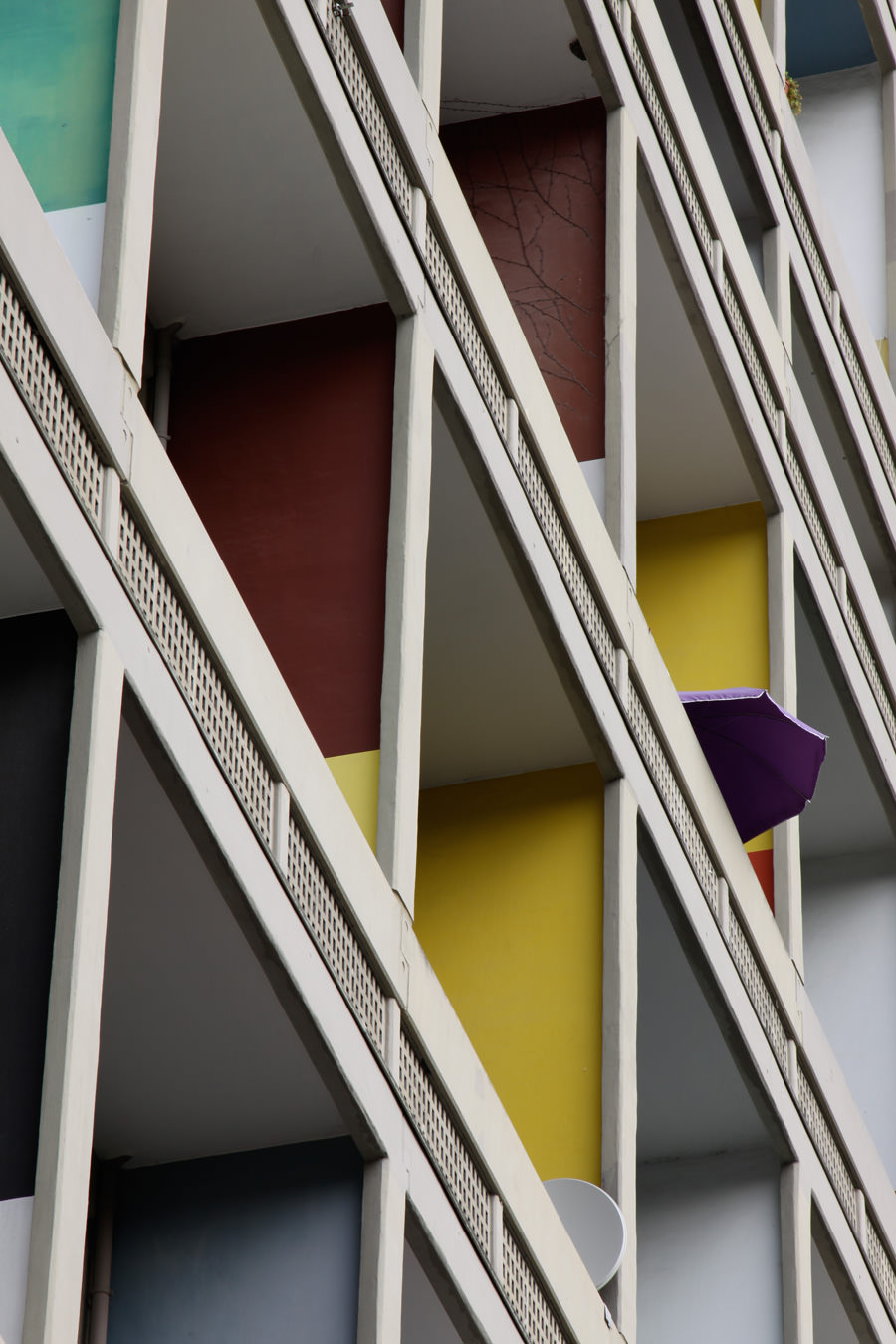
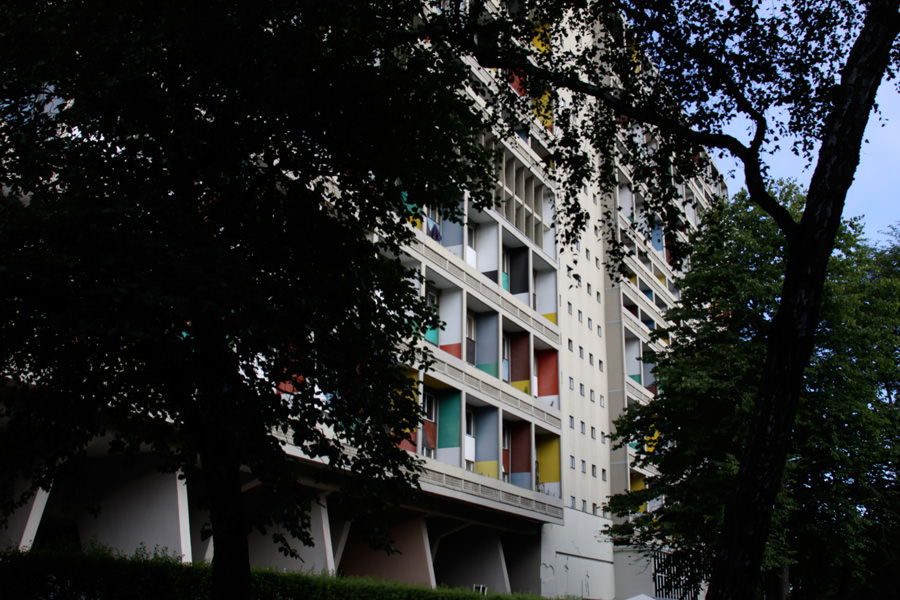
Photos: Rob Wilson
-
Search
-
FIND PRODUCTS
PRODUCT GROUP
- Building Materials
- Building Panels
- Building technology
- Façade
- Fittings
- Heating, Cooling, Ventilation
- Interior
- Roof
- Sanitary facilities
MANUFACTURER
- 3A Composites
- Alape
- Armstrong
- Caparol
- Eternit
- FSB
- Gira
- Hagemeister
- JUNG
- Kaldewei
- Lamberts
- Leicht
- Solarlux
- Steininger Designers
- Stiebel Eltron
- Velux
- Warema
- Wilkhahn
-
Follow Us
Tumblr
New and existing Tumblr users can connect with uncube and share our visual diary.
»Form follows feminine.«
Oscar Niemeyer
Keyboard Shortcuts
- Supermenu
- Skip Articles
- Turn Pages
- Contents


